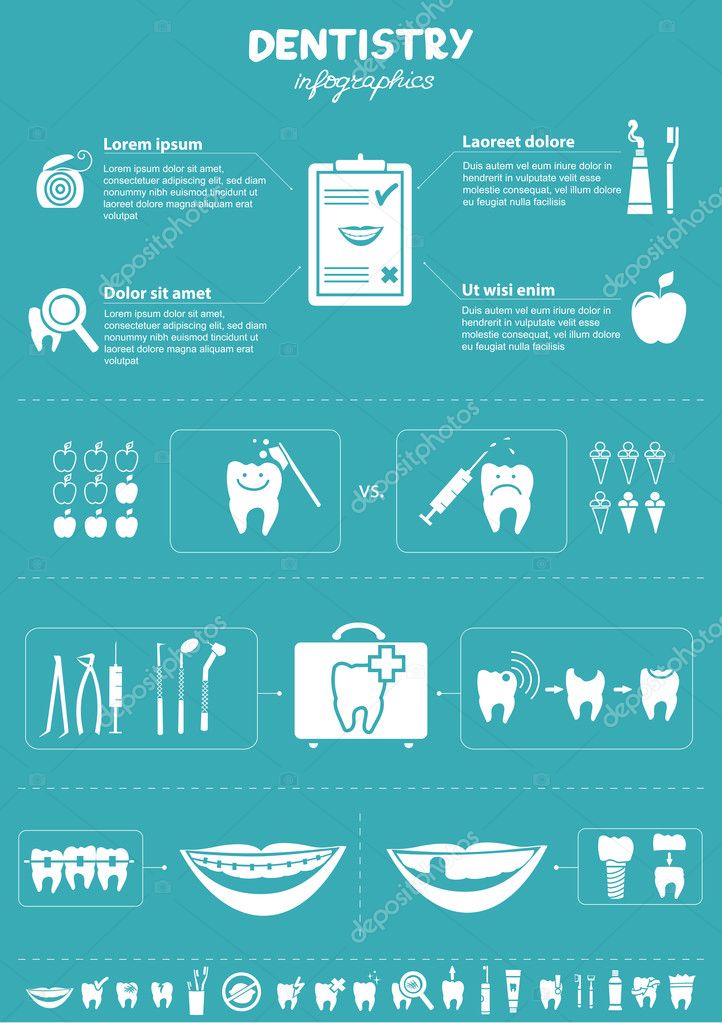The Development Of Dental Surgery: Cutting-Edge Innovations And Advancements Affecting The Field
The Development Of Dental Surgery: Cutting-Edge Innovations And Advancements Affecting The Field
Blog Article
Staff Writer-Bendixen Browne
Welcome to the world of oral surgery, where developments and advances are shaping the future of the field! In this exciting realm, you'll witness the transformative power of robotics, the sophisticated marvel of 3D printing, and the game-changing impact of minimally intrusive methods.
The future of dental surgery holds a promise of accuracy, performance, and boosted person outcomes. With the help of sophisticated robotics, surgeons are able to perform complicated procedures with higher precision and control.
3D printing innovation is transforming the production of oral implants and prosthetics, supplying tailored services that fit seamlessly into each client's unique composition.
In addition, minimally invasive techniques are reducing post-operative pain and healing time, permitting clients to go back to their day-to-days live earlier.
Prepare yourself to check out the amazing developments and developments that are improving the landscape of dental surgery!
Innovations in Robotics
One significant development in dental surgery is the use of robotic technology, which enables accurate and effective operations. With the help of robot systems, oral cosmetic surgeons have the ability to carry out complicated surgical procedures with improved accuracy, reducing the danger of human error.
These robot systems are geared up with sophisticated imaging modern technology and precise tools that make it possible for cosmetic surgeons to browse via intricate anatomical structures with ease. By using robot innovation, cosmetic surgeons can attain higher surgical accuracy, causing improved patient end results and faster recuperation times.
On top of that, making use of robotics in dental surgery permits minimally intrusive treatments, decreasing the trauma to surrounding tissues and advertising faster recovery.
3D Printing in Dental Surgery
To enhance the area of oral surgery, you can discover the subtopic of 3D printing in dental surgery. This ingenious innovation has the prospective to change the means dental cosmetic surgeons operate and treat clients. Here are 4 vital methods which 3D printing is forming the field:
- ** Customized Surgical Guides **: 3D printing allows for the production of extremely accurate and patient-specific surgical overviews, boosting the accuracy and performance of procedures.
- ** Implant Prosthetics **: With 3D printing, oral doctors can produce personalized implant prosthetics that perfectly fit a client's unique makeup, resulting in much better end results and client satisfaction.
- ** Bone Grafting **: 3D printing allows the production of patient-specific bone grafts, minimizing the requirement for traditional grafting techniques and enhancing recovery and recuperation time.
- ** Education and learning and Educating **: 3D printing can be used to create sensible medical designs for academic objectives, permitting dental surgeons to exercise complex procedures before doing them on patients.
With its prospective to enhance precision, modification, and training, 3D printing is an amazing development in the field of oral surgery.
Minimally Intrusive Methods
To even more advance the field of dental surgery, embrace the possibility of minimally invasive techniques that can substantially benefit both cosmetic surgeons and patients alike.
Minimally invasive methods are reinventing the field by decreasing medical trauma, decreasing post-operative pain, and accelerating the healing procedure. hill country family clinic include utilizing smaller lacerations and specialized instruments to carry out procedures with precision and effectiveness.
By utilizing innovative imaging modern technology, such as cone beam calculated tomography (CBCT), doctors can properly prepare and perform surgical procedures with very little invasiveness.
Additionally, https://news.sky.com/story/britons-are-pulling-their-own-teeth-out-with-pliers-because-they-cant-access-nhs-dentists-12920715 of lasers in oral surgery enables accurate cells cutting and coagulation, resulting in reduced blood loss and decreased healing time.
With minimally invasive methods, patients can experience faster healing, decreased scarring, and boosted end results, making it a necessary aspect of the future of oral surgery.
Conclusion
So, as you can see, the future of oral surgery is exceptionally appealing, with interesting developments and breakthroughs forming the area.
From the improvements in robotics to making use of 3D printing and minimally intrusive strategies, oral doctors are revolutionizing the way they provide treatment.
While some might worry about the prospective cost associated with these developments, it is very important to bear in mind that these innovations eventually improve person outcomes and minimize healing time, making them well worth the financial investment in the future.
